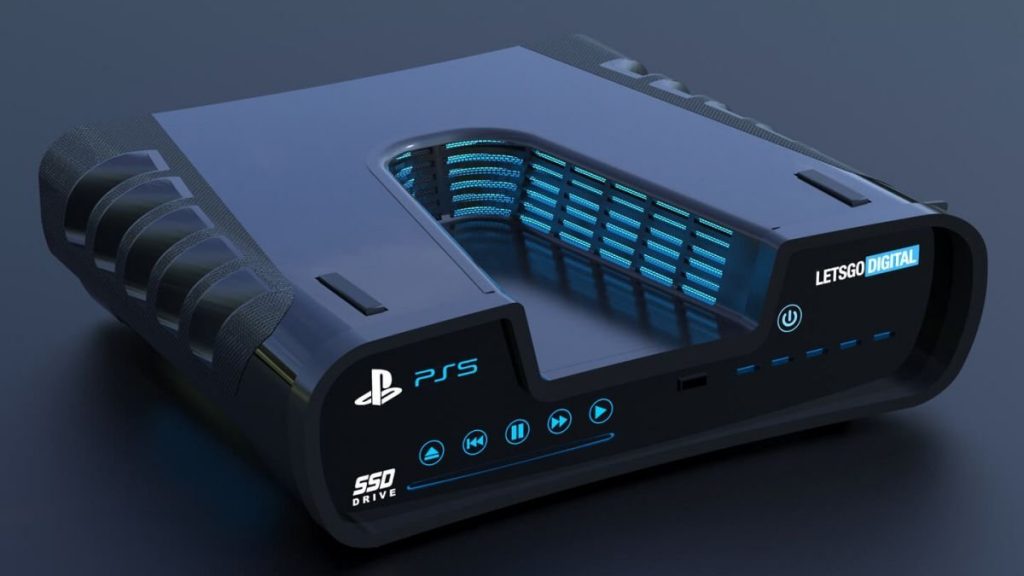Reports indicate that Sony is struggling to finalize the PS5’s price. The data is unconfirmed at this time, but it sounds like the current costs of manufacturing a PS5 is about $450 a unit. The problem is that Sony seemingly wants to retail each console for around that price (or less, if it were possible).
If this information is accurate, then it means that Sony will either need to sell the PS5 at cost and essentially take a loss, sell it for less than cost and take a huge loss, or sell it for around $500 and maybe entertain the idea of making some kind of profit or at least coming close to breaking even.
Let’s talk about that last possibility and whether or not Sony can find a way to sell people on a $500 next-gen console.
First off, there’s the historical precedent to consider. At the time of their launch, only four consoles (the Neo-Geo, the 3DO, the PlayStation 3, and the Xbox One) retailed for over $450. The first two consoles are historic failures, while the latter two faired slightly better despite disappointing starts and lowered projections which many analysts attribute (in part) to their high initial prices.
However, to really appreciate what this number means, you have to account for inflation. With inflation, 10 consoles have retailed at, near, or over the $450 mark. The most notable of those consoles (for our purposes, at least) has to be the original PlayStation, which retailed for about $475 when you adjust for inflation.
While the original PlayStation was still cheaper than the Sega Saturn (which, it must be said, was a big reason for its early success), it was still more expensive than previous Nintendo consoles and more expensive than the N64. On top of that, Sony was a new player in the video game industry at that time.
So why was the PlayStation a huge success? Well, it certainly benefited from some incredible games, but at least initially, the PS1 attracted millions of buyers because it utilized then-revolutionary CD-ROM technology to sell people on the idea that it was offering something truly new. It’s by far the most successful of the consoles that retailed for more than $450 (again, with inflation), and that’s a big part of the reason why.
Looking at the PS5 solely through that lens, you start to worry about the console’s sales potential. We’ve previously mentioned that next-gen consoles could suffer from a relative lack of recent technological advancements, but even if you believe the situation isn’t really that dire, there is no modern technological advancement that comes close to matching the initial impact of CD-ROM. Simply put, the PS5 likely won’t have a headline technological feature it can just wave in everyone’s faces (beyond, perhaps, an SSD).
Yet, I don’t believe that the PS5 would be an outright failure if it were to retail for $500. Why? Well, it’s because of the PS3.
The PS3 is the worst-selling PS console ever, but it still sold nearly 88 million units. Mind you, it accomplished that despite an outrageous initial price point, some awful launch games, competition from the incredible Xbox 360 and Nintendo Wii, and an arguably weaker overall library of exclusives in comparison to all other PlayStation consoles.
Its situation was similar to the one the Xbox One initially found itself in, but the big difference between the two is the PlayStation name. Despite changes in gaming culture and the industry, there are still millions of people who love having a video game console in their living rooms. Previous generations have indicated that the PlayStation has become the global favorite amongst those who just want to own a new video game console. The PS4 has arguably only strengthened the brand’s appeal in that regard.
Does that mean the PS5 is invincible and can safely launch at $500 no matter what? No, but it does mean that Sony has proven they can recover from initially high price points. There’s little to suggest they can’t do it again.





